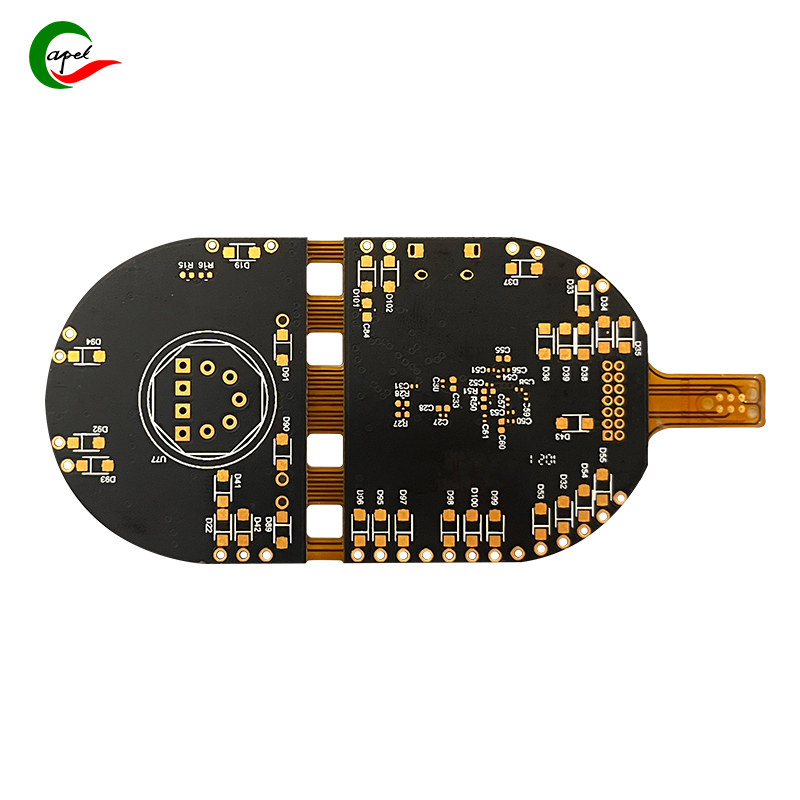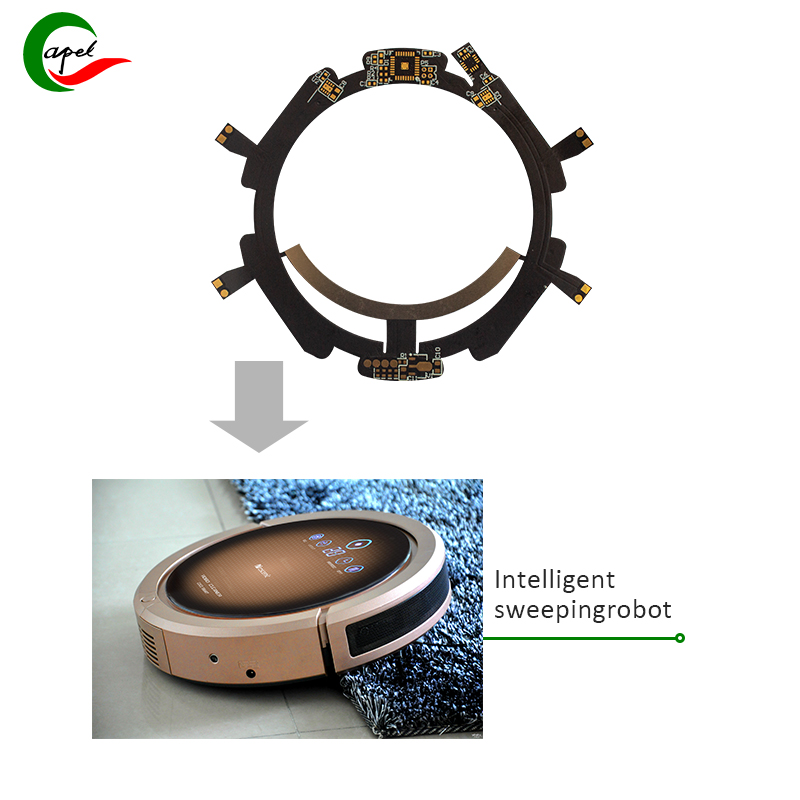Explore a comprehensive guide to 4-layer FPC testing and quality control, delving into the complex processes and transformative impact of ensuring superior performance of electronic devices. From understanding FPC testing to the benefits of investing in reliable FPCs for electronic devices, this article provides a comprehensive overview of the key aspects shaping the future of flexible printed circuits.
Introduction: Understand the importance of FPC testing and quality control
As electronic devices become more compact and complex, the demand for reliable and high-performance flexible printed circuits (FPCs) has skyrocketed. FPC, also known as flexible PCB, plays a key role in the design and manufacturing of various electronic devices, providing the flexibility and space-saving advantages required in modern technology environments. The complexity of FPCs and their critical role in the functionality of electronic devices makes testing and quality control indispensable to ensure superior performance. In this extensive research article, we will delve into the key aspects of 4-layer FPC testing and quality control, exploring the nuances of the testing process, the importance of quality control in manufacturing, and the impact of proper testing and quality control on FPC performance.
Understanding FPC Testing: Uncovering the Complexity of 4-Layer FPC Testing
To understand the complexity of 4-layer FPC testing, one must first understand the multifaceted testing process that ensures the functionality and reliability of flexible printed circuits. The 4-layer FPC testing process involves a comprehensive evaluation of the functionality and performance of each layer, taking into account the unique characteristics of the flexible circuit. This involves evaluating the conductive and insulating properties, signal integrity, thermal performance and mechanical stability of each layer to ensure that the FPC meets the stringent requirements of electronic applications. FPC testing uses various testing methods and equipment, such as electrical testing, impedance testing, thermal cycling and environmental testing, to verify the performance and resilience of flexible circuits.
Quality Control in 4 layer FPC Manufacturing: Maintaining Reliability and Consistency
Quality control is the cornerstone of FPC production and an important mechanism to prevent defects and maintain the reliability of flexible circuits. Implementing strict quality control measures during the manufacturing process is critical to maintaining the integrity and consistency of FPC. Advanced inspection technologies such as automated optical inspection (AOI), X-ray inspection and in-circuit testing are critical to identifying potential defects and deviations in the manufacturing process, ensuring that FPC meets the highest quality standards. Thorough inspection and analysis play a key role in maintaining high quality FPC, helping to improve the overall reliability and performance of the finished product.
Ensuring excellent performance in 4 layer FPC: the symbiotic relationship between testing and quality control
The symbiotic relationship between correct testing and quality control is critical to shaping superior FPC performance. By integrating robust testing processes and stringent quality control measures, FPC manufacturers can determine the superior performance and reliability of flexible circuits. Through case studies and examples, we will explore successful FPC testing and quality control processes, demonstrating the transformative impact that investing in reliable FPCs can have on electronic devices. In addition, this article will describe the many benefits of reliable FPC, emphasizing its critical role in improving the performance and longevity of electronic devices.
Success Case Study: The Transformative Impact of Comprehensive FPC Testing
In the real world, Company By implementing a comprehensive testing process, including impedance testing, thermal cycling, and environmental testing, Company In addition, strict quality control measures taken during the production stage, such as AOI and online testing, help prevent defects and maintain FPC reliability. As a result, the electronic devices manufactured by Company
Benefits of Investing in a Reliable FPC for Electronic Devices
The importance of investing in a reliable FPC cannot be overstated as it directly translates into tangible benefits for electronic devices. From improved signal integrity and thermal performance to enhanced mechanical stability and longevity, reliable FPCs are the cornerstone of seamless functionality and durability in electronic devices. Additionally, a proactive approach to ensuring superior FPC performance through comprehensive testing and quality control reduces the risk of potential failures and failures, helping to improve overall customer satisfaction and brand reputation.
4 Layer FPC Testing and Quality Control Process
Conclusion: Shaping the future of electronic devices through excellence in FPC testing and quality control
In conclusion, in the pursuit of ensuring excellent performance of electronic devices, the importance of 4-layer FPC testing and quality control cannot be ignored. By fully understanding the nuances of FPC testing, manufacturing quality control, and the transformative impact of proper testing and quality control, manufacturers and industry stakeholders can usher in a new era of electronic device reliability, performance, and innovation. As the technology landscape continues to evolve, the pursuit of excellence in FPC testing and quality control remains critical to shaping the future of electronic devices, driving progress and customer satisfaction.
Post time: Mar-06-2024
Back








